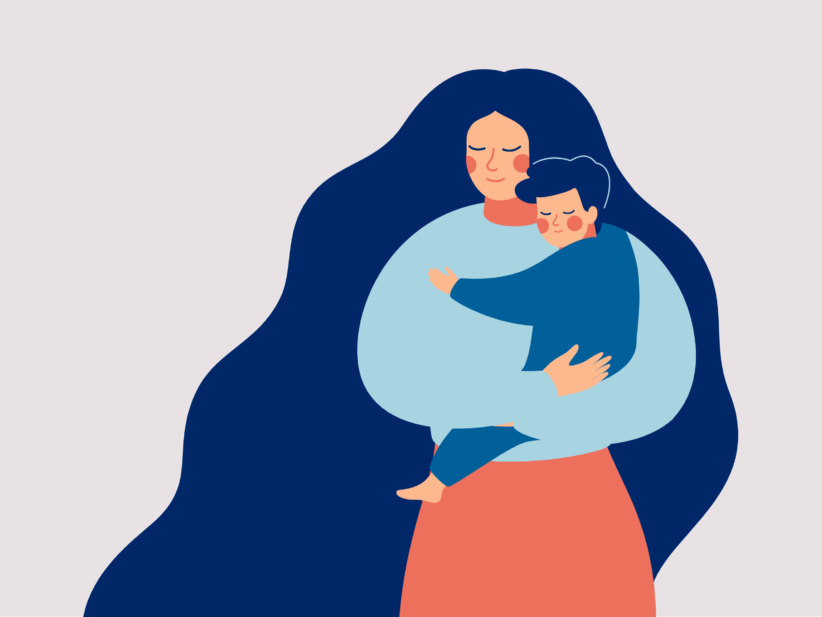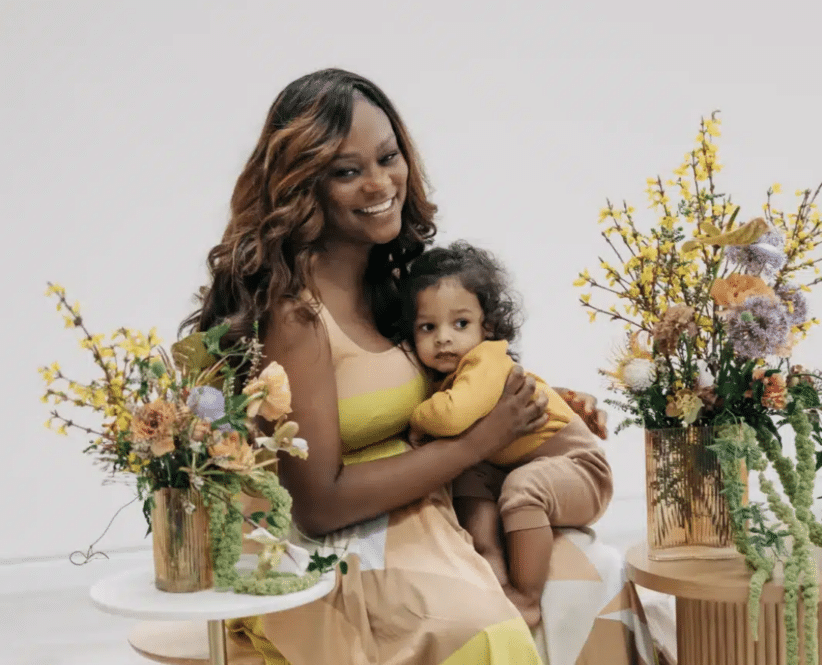One of the first messages we send to our toddlers indicating that they are no longer the baby is the initiation of toilet training. Parents often struggle with determining if the child is ready, rationalizing that girls are easier to train than boys and that putting a child in pull-ups is a great first step. While these are valid considerations, there may be some missteps you don’t even realize you are making when getting that kid out of diapers and on to the bowl once and for all.
Do you change your child’s diaper or pull-up lying down or standing up? No lying down! Always change the soiled diaper, pull-up, or underwear standing up next to the toilet in the bathroom. Children need to understand their role in a situation and laying her down to be changed sends a very clear message, “You are still the baby, and Mom or Dad will do all the work.” Having her stand while you change her increases her awareness of what is going on.
Do you still use a changing table? Lose it. Again, it sends a message to the child that she is the baby.
Make time at home a diaper-free zone. I know this inspires images of stained furniture and wet spots on floors. But this is toilet training, folks, and it isn’t pretty. Of course, when taking trips or while out in the community, you want to eliminate disaster. But at home, your child should be in underwear or nothing at all. No pull-ups! Pull-ups make your life easier but do not lend too much to a child’s understanding that the toilet is the place to handle her business.
If, while at home, an accident has happened, no biggie. Give your child a sponge or cloth so she can “help” clean. Have her remove her soiled clothing and underwear and place it in the sink to rinse out. This gives her responsibilities toward being successful with toilet training.
Is the potty over? If your child is using a potty, you may need to consider whether your child is too big for it. Most potties are designed for a child who is just learning to walk. So if your child is more than 20 pounds, a potty may be too small, putting her body in a position that would make elimination difficult. Also, you don’t want her to associate elimination with a potty, but rather with a toilet. There are no potties in parks, restaurants, or relatives’ homes, and you want your child to see every toilet as an opportunity to relieve herself.
Leave the party favors for after the party. This refers to the parents bringing bubbles, snacks, toys, etc. into the bathroom to encourage the child to sit and eliminate. Avoid placing your child on a potty (if it’s appropriate to use one) positioned in front of the TV. This could make this task confusing and distract her from paying attention to the sensations associated with elimination. Save these types of items as a reward for after a successful elimination. A book or magazine is fine, but nothing more.
Consider that your child may want her privacy. Positioning yourself just outside the door or with your back facing away may make your child less anxious. Think about it: are you comfortable if someone is staring at you in that position, cheering “C’mon, do it for Mommy?”
Adopt the one-minute rule. If your child, once sitting on the toilet, has not eliminated after one minute, it’s a wrap. Pull up the pants, and go do something else for a bit. Try again in a few minutes. Insisting that your child remain there any longer than one minute may cause her to lose sight of why she is sitting there to begin with.
An added struggle is if your child has special needs such as a speech delay, an autistic spectrum disorder, or a sensory-processing issue. A common thought may be, “She is barely able to communicate with me yet. How can she possibly be toilet trained if she can’t speak?”
Let’s put her verbal ability on the proverbial back burner for a moment and consider the following: can she stand, walk, and run independently? Is she able to transition from sitting to standing on her own? Is she removing her own diaper when it is soiled? Then toilet training can be initiated. Researchers at The Bristol-Myers Squibb Children’s Hospital at Robert Wood Johnson University Hospital and Robert Wood Johnson Medical School completed a study in 2010 that pinpoints the period between 24 and 32 months of age as the most effective time frame for parents to begin toilet-training lessons with their children.
These suggestions are practices that have been employed with the many families I have worked with, and they have made a difference for them. The best practices are the most practical ones.
Dana Connelly holds dual Master’s Degrees in Education and Special Education, working as an educational evaluator for a New York-based evaluation site. She specializes in Applied Behavior Analysis and is the proud single mother of a 5-year-old boy.





















